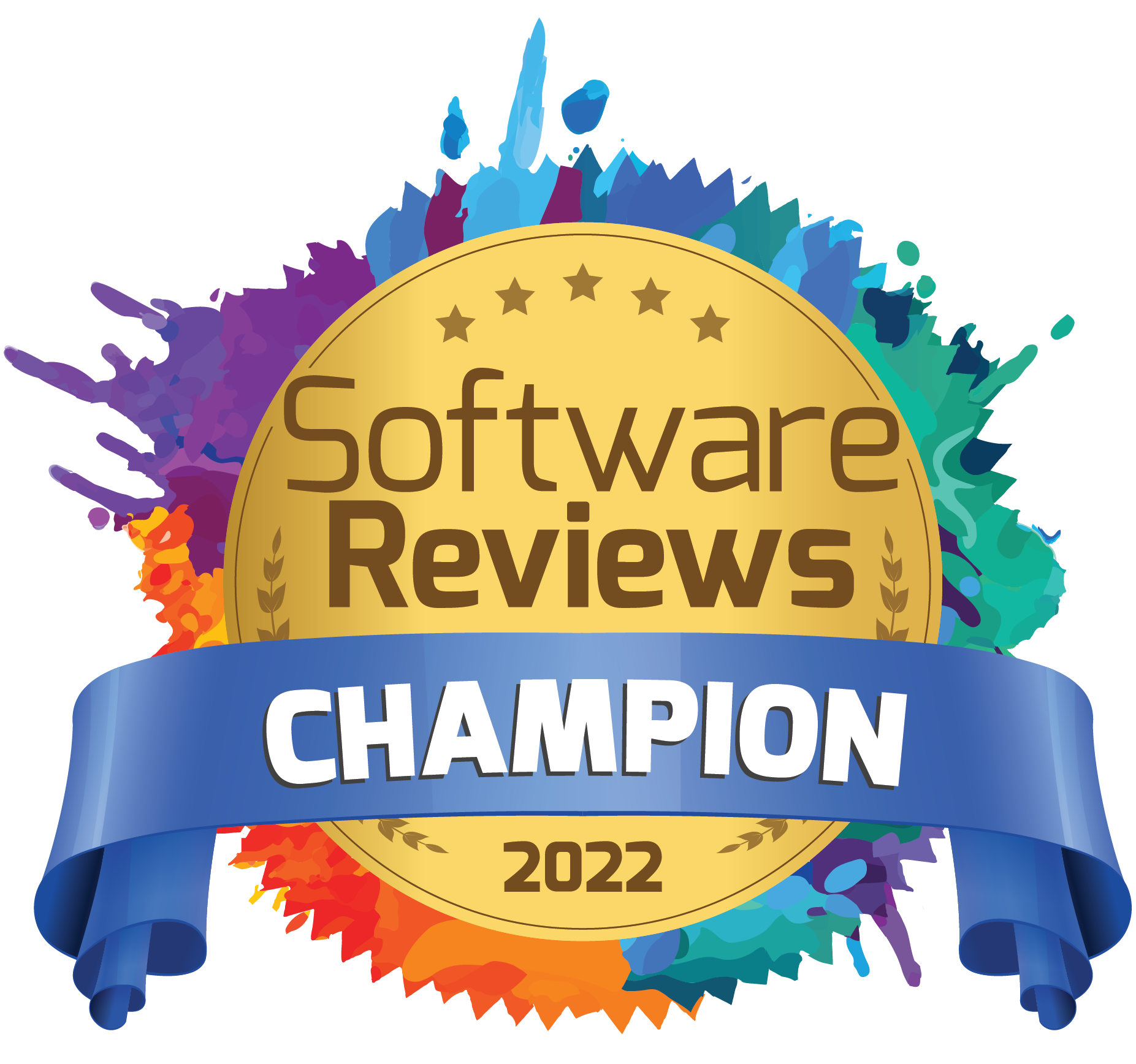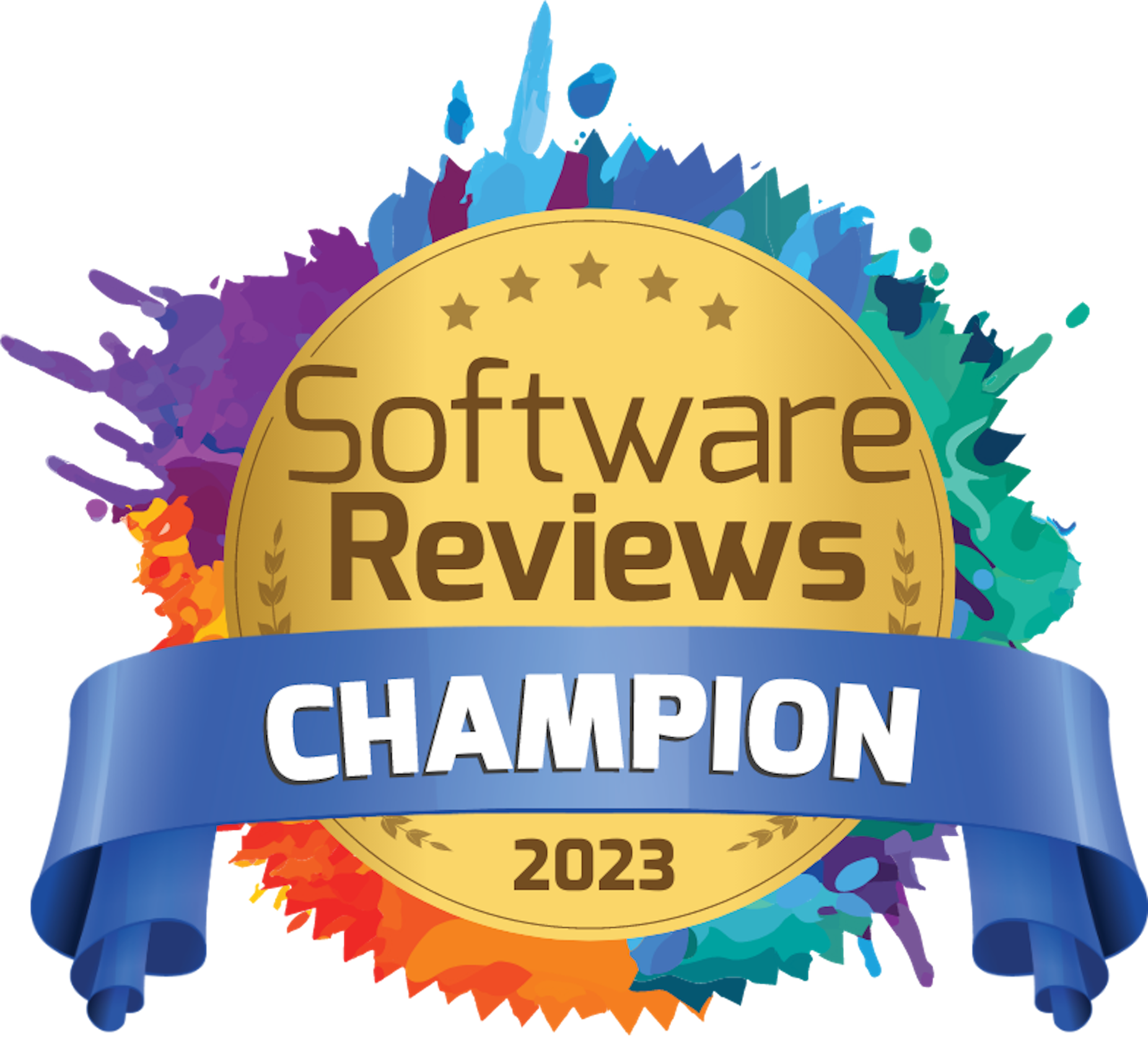Software integrations: a flexible workspace operator's best friend
The day-to-day operations of a flexible workspace require the coordination of several complex hardware and software systems. Many of these systems are taken for granted today, but when the industry first emerged they were far less accessible - and there was far less variety than there is today.
Today's piece unpacks some of these software systems and the integrations that have become essential to daily operations. We're also going to explain why space owners and operators should be interested in exploring some key integrations of their own.
What do we mean by software integrations?
An integration is "the process of linking different computer systems and software applications physically or functionally, to act as a coordinated whole". In other words, we have different software elements that control different processes or systems in our space and when we make them talk to each other without human intervention. But they don't do this on an ad hoc basis; rather, the systems are connected, so that a change in one element of the system triggers a series of communications between all the pieces of software in the system, causing the change to be reflected in the rest of the system's applications.
Here's an example of an integration in action: let's say a dedicated desk member decides to downgrade to a hot desk. A good integration will automatically update their access privileges to the space, their tariffs and their WiFi access. Done well, this should happen without someone needing to access the control panels of each of these applications and manually apply the new parameters.
The advantages of the integrations can be seen very clearly in the process of registering a new member. Let's imagine that we have a new team that joins the space. They choose an office for up to four and two hot desk rates for two interns who will be working with them for a few months. In a system with integrated access control and an integrated mailing system, different members of the team will be able to register with dedicated links for each of the rates they have chosen. This would extend to access control, with individual user permissions built in from the start. Alongside, all members of the group will be incorporated into the member directory of the space, and signed up to new joiner newsletters. That's integration, done properly.
Why are integrations your best friend?
Why is it important that different pieces of software communicate with each other? Put simply, it's about efficiency: faster responses, fewer mistakes, reduced personnel costs and significantly lower admin time. But it doesn't end there.
A good integration structure gives space owners and operators the ability to offer services that would otherwise have too low an ROI on their own. It also helps improve customer satisfaction by simplifying their interactions with the space and offers the possibility of improving space performance.
How does one integrate?
If you haven't managed integrations of your own, you might be wondering: what's the first step? The first step is to have a central piece that acts as the foundation of the system: in this case flexible workspace management software.
If you're using a generic ERP (Enterprise Resource Planning software), you're not doing it right. With workspace software evolving as fast as it is, an ERP cannot compete with dedicated workspace management technology at your disposal. Conventional ERPs might have expansion built into them, but are generally not open enough to allow for a whole stack of changing integrations, especially in a plug-and-play fashion.
Software like Nexudus, designed around a workspace's needs, is fully customisable from the start - so integrations are essential to how we create a well-managed workspace ecosystem.
Therefore, we advise you use the management software that you think best suits your present and future needs, and when looking for other software solutions to complement your main system, make sure that they are compatible (to avoid having to create an ad hoc integration). At this stage you should not only look at whether or not the integration between two apps exists, but also investigate the possibilities they offer (how deep that integration is) because in some cases they can vary a lot in terms of functionality (especially where Zapier is concerned, but don't worry: we'll come back to this in part two of our integrations deep dive.
"Choosing software that does not integrate with your existing Flexible Workspace Management Software is never a good choice: as much as you keep telling yourself that you will get an integration programmed, I'm afraid it's a story I've seen repeated too many times to know that it usually does not have a happy ending." - Marc Navarro, Coworking Expert.
When to integrate?
When and what to integrate is both a simple and complex answer. This warrants a piece of its own. Now that we've delved into the importance of setting up integrations, stay tuned for part two of our integrations deep dive, which looks into which integrations should be applied as soon as possible.
In the meantime, if you're eager to know which integrations we offer, we've put together a page that lets you scroll through all the tools we natively integrate with, as well as others that work seamlessly with our API. We'll see you back here for part two in just a few days.
About Nexudus:
At Nexudus, we’re passionately building technology that provides space owners and operators with fully customisable, easy-to-integrate digital solutions for their spaces, across coworking, commercial real estate, hospitality and beyond. Since 2012, our award-winning technology has helped workspace owners and operators in over 90 countries digitally transform their spaces, manage them more efficiently, provide exceptional customer experiences and gather advanced analytics for better decision-making.
Related stories
Why a CRM is Essential for Coworking Spaces (And How to Choose the Best One)
A customer relationship management platform (CRM for short) is what organisations use to manage relationships and interactions with both existing and potential customers. Its primary function is to streamline operations and communications to ensure a smooth customer - and employee - experience, while improving profitability.
How the Right Coworking Software Can Transform Your Coworking Space
We all know that technology solutions are imperative to the day-to-day running of your coworking space, but the right coworking software can take it to the next level. It has the power to transform your coworking space into a highly profitable business, all while building a vibrant and engaged community. Let’s explore how the right tools can transform your coworking space.
New in Nexudus: Reduce no-shows & improve team bookings in your coworking space.
Meeting rooms are at the heart of collaboration in coworking spaces. Whether it's a brainstorming session, a client meeting, or a team catch-up, having a simple and efficient way to book and manage meeting rooms makes all the difference. But let’s be honest—there’s always room to improve the experience for your members.
Unlock New Revenue Streams with Our New Virtual Offices Module
The popularity of remote and hybrid working has prompted many organisations to rethink the way they utilise office space. Many have swapped their large, static HQs for more flexible satellite solutions that can accommodate a disparate workforce.
ViDA Compliance Guide: 8 Essential Steps for Coworking Spaces in the EU
Now that 2025 has arrived, the European Union's VAT in the Digital Age (ViDA) initiative is becoming a key topic for coworking spaces operating in the EU. But don’t panic—ViDA will be introduced gradually, with key changes taking effect from 2028. This major VAT reform aims to modernize tax reporting, combat fraud, and streamline compliance through mandatory e-invoicing and real-time digital VAT reporting for certain transactions.
Harnessing AI to Help Coworking Operators Understand Their Communities Better
After more than twelve years in the coworking industry, we’ve seen the movement evolve at an incredible pace, especially in recent years. Spaces have grown larger, making it harder for operators to truly connect with their communities. At the same time, expectations for higher service standards and increasing competition mean that creating tailored experiences and fostering long-term member engagement is more important than ever.
What Is Workplace Management and Why Does It Matter?
There has always been a need for workplace management – the process of organising and optimising physical spaces, resources, and operations to support people’s needs. But, as 28% of UK working adults were reported to work in a hybrid capacity last autumn (by the Office for National Statistics), the question of ‘why workplace management matters’ is more critical than ever. Let’s look at the workplace management benefits for your operations.
Exploring Coworking Software in 2025: 10 Key Nexudus Features
From automating daily processes to supporting your team in building a thriving community and boosting revenue for your business – coworking technology couldn’t be more impactful for flexible workspace operations. But with so many tools available, selecting the right tech stack for your coworking business can be overwhelming.
Unlock Your Team’s Potential with the New Nexudus Academy
As the coworking industry continues to grow and evolve, so does the Nexudus platform. We always strive to develop new features and enhance existing ones to make your job easier. When new features are introduced, there is a need to learn how to best leverage them for your space.
From Startup to AI-Powered Coworking Software Company: The Nexudus Journey
When we first launched Nexudus, we were a small, tightly-knit team wearing multiple hats—from sales to implementation and customer support. In those early days, if a customer had a question, there was a good chance that the person answering it was also the one who had built that particular feature.

